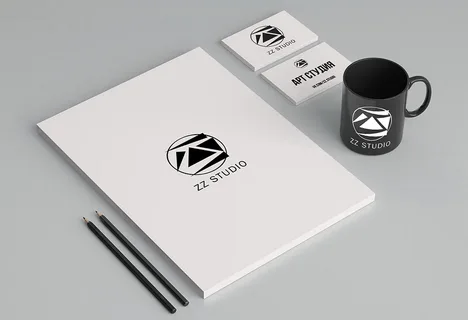In the world of digital design and product development, the term mockup is often thrown around. But what exactly is a mockup, and why is it so important in design and marketing? In this comprehensive guide, we’ll explore the definition, purpose, benefits, and types of mockups to help you understand how they fit into the creative process.
What is a Mockup?
A mockup is a realistic representation or prototype of a design or product, usually presented in visual form. Unlike wireframes, which are low-fidelity and focus on structure, mockups are high-fidelity visuals that showcase the final appearance of a product. They often include colors, typography, branding elements, and imagery, giving a complete picture of how the end result will look.
Mockups are used across various industries, including web design, graphic design, app development, and product manufacturing. They help stakeholders visualize the final product and make critical design decisions before moving into the development phase.
Why Are Mockups Important?
Mockups play a vital role in the design process for several reasons:
- Visualization
Mockups allow clients, team members, and decision-makers to see how the final product will look. This visualization can lead to more productive feedback and fewer revisions down the road. - Presentation
A well-designed mockup can elevate your design presentation. Whether you’re pitching a website layout or showcasing packaging design, a mockup makes your concept look polished and professional. - Testing & Feedback
Mockups enable early testing of visual elements. Designers can gather feedback on color choices, layout, font usage, and overall aesthetics before investing in development or printing. - Marketing & Branding
Mockups are frequently used in marketing materials to showcase products before they are physically produced. E-commerce businesses, for example, use mockups to display T-shirts, mugs, or phone cases with custom designs.
Types of Mockups
There are several different types of mockups depending on the project and medium. Here are a few of the most common ones:
- Websit Mockups
Website mockups display the visual layout of a web page, including UI components, images, and text placement. They’re typically created using tools like Figma, Adobe XD, or Sketch. - App Mockups
These mockups simulate the look of mobile or desktop apps, showing users how the interface will appear on different devices. - Product Mockups
Common in e-commerce and packaging design, product mockups show how a logo or design will appear on physical products like apparel, packaging, or promotional items. - Branding Mockups
These mockups demonstrate brand assets like logos, business cards, stationery, and signage in a realistic setting, making them essential for brand identity presentations.
Tools to Create Mockups
Thanks to technology, creating mockups is easier than ever. Some popular tools for designing mockups include:
- Adobe Photoshop – Ideal for high-quality, customizable mockups
- Figma – Excellent for collaborative design work and UI mockups
- Canva – Beginner-friendly with a variety of ready-to-use templates
- MockupWorld – A resource for free and premium PSD mockup templates
- Placeit – An online mockup generator perfect for marketing and e-commerce visuals
How to Use Mockups Effectively
If you want to make the most out of your mockup, consider these best practices:
- Start with high-resolution templates to ensure your mockup looks crisp and professional.
- Use realistic settings that match the use case of the product. For example, place a smartphone app mockup on a device in a real-world scenario.
- Keep branding consistent by using your brand colors, fonts, and logo accurately.
- Seek feedback early and adjust your mockup based on input before finalizing the design.
Conclusion
In conclusion, a mockup is much more than a pretty picture. It’s a crucial part of the design and development workflow that helps bridge the gap between concept and reality. Whether you’re creating a website, mobile app, or product packaging, mockups help you visualize, communicate, and refine your design effectively.
With the right tools and techniques, anyone can create stunning mockups that not only impress clients but also streamline the design process. Start incorporating mockups into your workflow today and experience the difference they can make!

